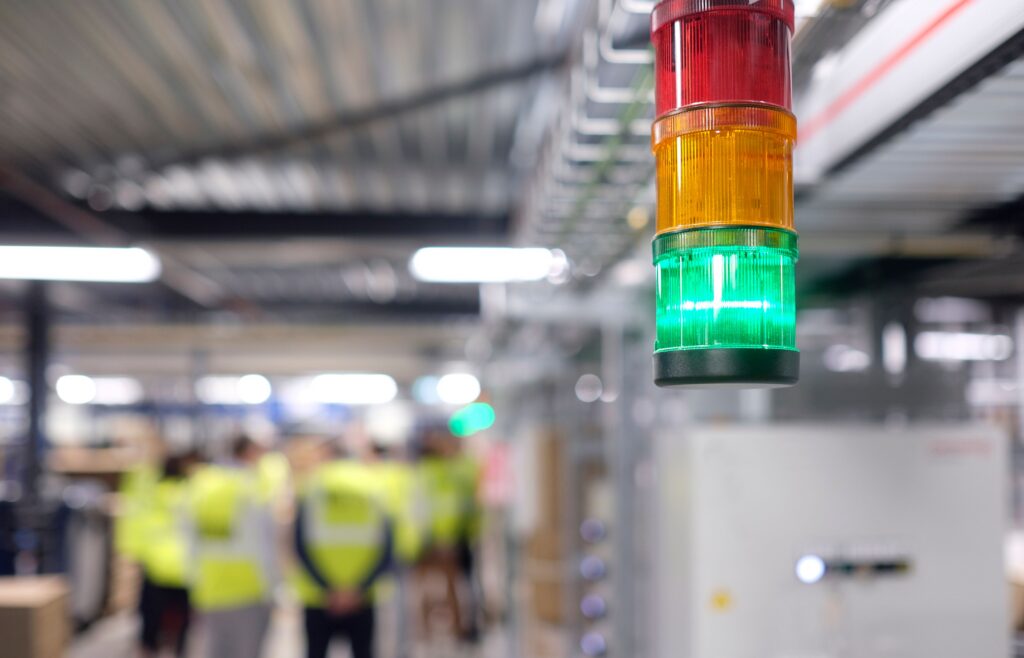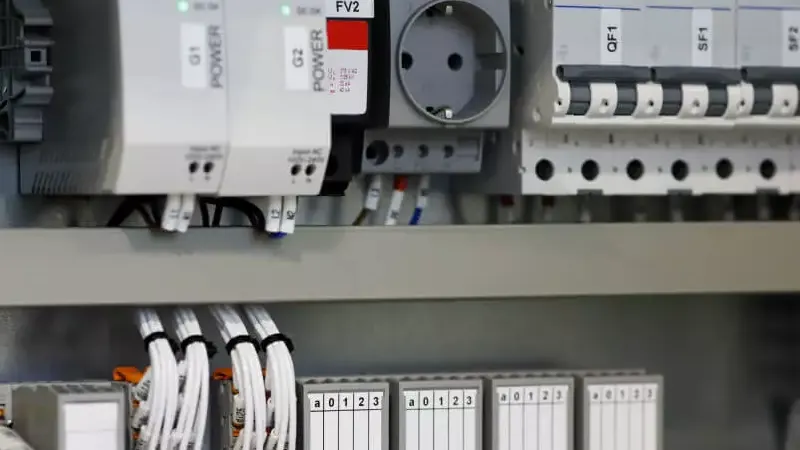Essential Guide to Sensor Calibration for Industrial Accuracy
In this guide, we’ll explore the ins and outs of sensor calibration, why it matters, how it’s documented, and the various methods used across different sensor types.
Table of Contents
What is Sensor Calibration?
Sensor calibration involves adjusting a sensor or measurement instrument to reduce or eliminate inaccuracies in measurement. By calibrating, technicians establish a relationship between the sensor’s output and a standard reference, minimizing error and ensuring that measurement data aligns closely with actual conditions.
Calibration is often confused with adjustment, but they serve different purposes. Calibration checks how well a sensor’s measurements compare to known standards, while adjustment actively changes the sensor to correct any discrepancies. Accurate calibration is essential for maintaining precise and reproducible measurement results, which are critical for quality assurance in industrial processes.
Why is Sensor Calibration Essential?
The importance of calibration cannot be overstated. Calibrated sensors ensure precise measurement, leading to stable and efficient operations in industries like manufacturing, chemical processing, and pharmaceuticals. Here’s why calibration is so important:
- Ensures Measurement Precision: Calibration checks for measurement errors that may have arisen from environmental conditions or equipment drift over time. Accurate data means better control of process variables.
- Supports Quality Assurance: Calibration is crucial for companies striving to meet ISO and other quality standards. It ensures that measurements adhere to required tolerances.
- Reduces Safety Risks: Inaccurate sensor data can lead to misinformed control decisions, potentially endangering personnel and equipment.
Documenting Calibration: The Calibration Certificate
Calibration documentation provides proof of calibration and records critical data. This documentation includes a calibration certificate or report, which verifies traceability to recognized standards. Calibration certificates often include:
- Standards Used: The reference standards that were applied in the calibration.
- Calibration Results: Specifications, calibration functions, curves, tables, or diagrams representing the calibration data.
- Measurement Uncertainty: The uncertainty values associated with the calibration to indicate the expected precision.
Having this documentation on hand is essential for audits and maintaining process integrity.
Understanding Recalibration and Its Importance
Over time, sensor accuracy can degrade due to wear, aging, or environmental changes. Regular recalibration ensures that sensors remain within acceptable error limits. Companies often follow ISO 9001 standards, which outline requirements for monitoring measurement instruments and recalibration schedules.
By establishing a routine recalibration process, businesses can prevent drift from affecting data quality. Regular calibration minimizes downtime, improves operational efficiency, and maintains compliance with quality standards.
Calibrating Sensors for Different Measurands
Calibration varies depending on the type of measurement the sensor performs, such as pressure, force, or torque. Here’s a look at calibration across different sensor types:
- Pressure Sensor Calibration: This often involves applying a known pressure and recording the sensor’s output to establish accuracy.
- Force Sensor Calibration: Force sensors are calibrated with applied loads to verify that they provide correct measurements across their range.
- Torque Sensor Calibration: Torque calibration uses applied rotational force to check that measurements are consistent and accurate.
- Accelerometer Calibration: Calibration of accelerometers requires controlled motion to ensure that they measure acceleration accurately.
Each of these calibration methods has its own set of procedures and standards to guarantee reliability in measurement.
Common Causes of Sensor Error
Several factors can introduce error into sensor measurements, potentially affecting process control. Here are the main types of error and how they arise:
- Zero Reference Error: Drift in the sensor’s zero-point can occur due to environmental influences like temperature or pressure changes.
- Range Shift: The operating range may change, causing the sensor to measure inaccurately if it is not recalibrated.
- Mechanical Wear or Damage: Physical damage or wear and tear may impact the sensor’s ability to measure accurately, potentially requiring repairs or replacement.
Understanding these error types helps in diagnosing calibration issues and establishing effective calibration routines.
Performing an “As-Found” Calibration Check
An “as-found” check is a preliminary calibration performed without adjustments. It helps to determine if the instrument’s current readings fall within acceptable tolerance levels. The check is performed at multiple points across the sensor’s range, often using a “Five-Point” check (0%, 25%, 50%, 75%, and 100%).
If the “as-found” readings are within the allowed deviation, full calibration may not be necessary. Otherwise, a complete calibration is performed to bring the readings back within tolerance limits.
Conclusion
Sensor calibration is a crucial process in maintaining the accuracy, safety, and efficiency of industrial operations. By regularly calibrating and recalibrating sensors, industries can reduce measurement error, improve quality assurance, and ensure compliance with international standards.
Understanding the fundamentals of calibration—from documentation to error causes and calibration checks—empowers engineers and technicians to achieve optimal process control.
If you’re looking for a reliable industrial sensor supplier, contact Kwoco. We provide brand-new, original sensors from trusted brands like Omron and Keyence, available for worldwide shipping.
Contact Us
Just fill out your name, email address, and a brief description of your inquiry in this form. We will contact you within 24 hours.
You May Also Find These Topics Interesting
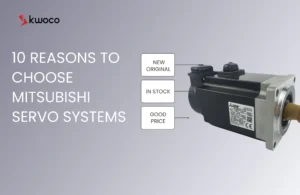
10 Reasons to Choose Mitsubishi Servo Systems
10 Reasons to Choose Mitsubishi Servo Systems Kwoco As a company specializing in automation products, we have extensive experience with
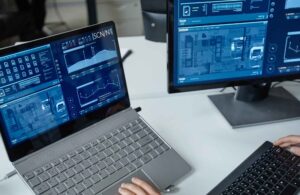
PLC vs PC: Key Differences in Industrial Automation
In the realm of industrial automation, the choice between a Programmable Logic Controller (PLC) and a Personal Computer (PC) can significantly impact operational efficiency and system performance. This article delves into the fundamental differences between these two technologies, helping you make informed decisions for your automation needs.
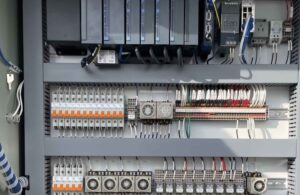
Which PLC is Mostly Used in Industry? Top PLCs Explained
In the ever-evolving automation industry, one question frequently arises: Which Programmable Logic Controller (PLC) is mostly used in industrial applications? Understanding the landscape of PLC manufacturers and their offerings can help professionals make informed decisions for their automation needs. This article explores the most popular PLC brands, their features, and why they dominate the industrial automation sector.


